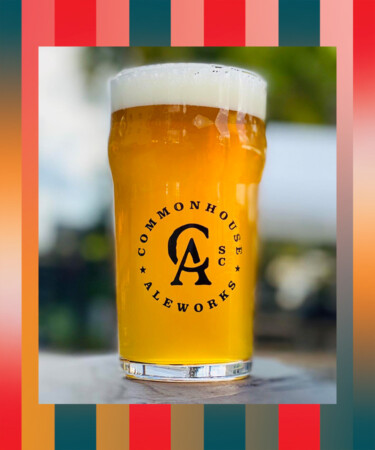Thanks to new legislation passed under the South Carolina Craft Beer Economic Development Act, residents of the southern state are now able to bring more brews home with them than ever before.
Prior to the ratification of the legislation, which went into effect in May, residents were restricted to purchasing just 288 fluid ounces of beer from breweries — an amount equivalent to a measly, singular case of 12-ounce cans. Under the new law, which triples the permitted amount, consumers are now able to buy 864 ounces of beer per purchase. That’s equivalent to three cases of 12-ounce cans or two cases of 16-ounce cans. Craft brew buyers can also now take home a one 661-ounce keg called a sixtel.
Another change to the Economic Development Act has South Carolina brewers optimistic, too. In-state brewers believe this change will help them to better compete against breweries in North Carolina, where there are no restrictions on how much alcohol consumers can purchase from breweries. Now, breweries with multiple locations will no longer have to sell their products to a wholesaler before buying it back if they wish to transport brews from one location to another. Instead, they’re now able to use a process called bond transfer, which allows breweries to directly transport their beers from one brewery location to another thus eliminating the need for a middleman.
According to Campbell Mims, executive director of the South Carolina Brewers Guild, this piece of the legislation will have a massive impact on the number of breweries looking to expand their operations, as this law gives them the foundation to be more easily able to do so.
The two changes are some of the most substantial to be made in regards to South Carolina’s craft beer laws in several years. According to Peace Fleming, proprietor of Commonhouse Aleworks in Charleston and president of the South Carolina Brewers Guild, the early reports they’ve received from around the state have been positive.
“The two changes that were enacted by the governor allows for brewers such as mine and the others around the state to have more strategic options in their business planning as they move forward,” he says.
This story is a part of VP Pro, our free content platform and newsletter for the drinks industry, covering wine, beer, and liquor — and beyond. Sign up for VP Pro now!
